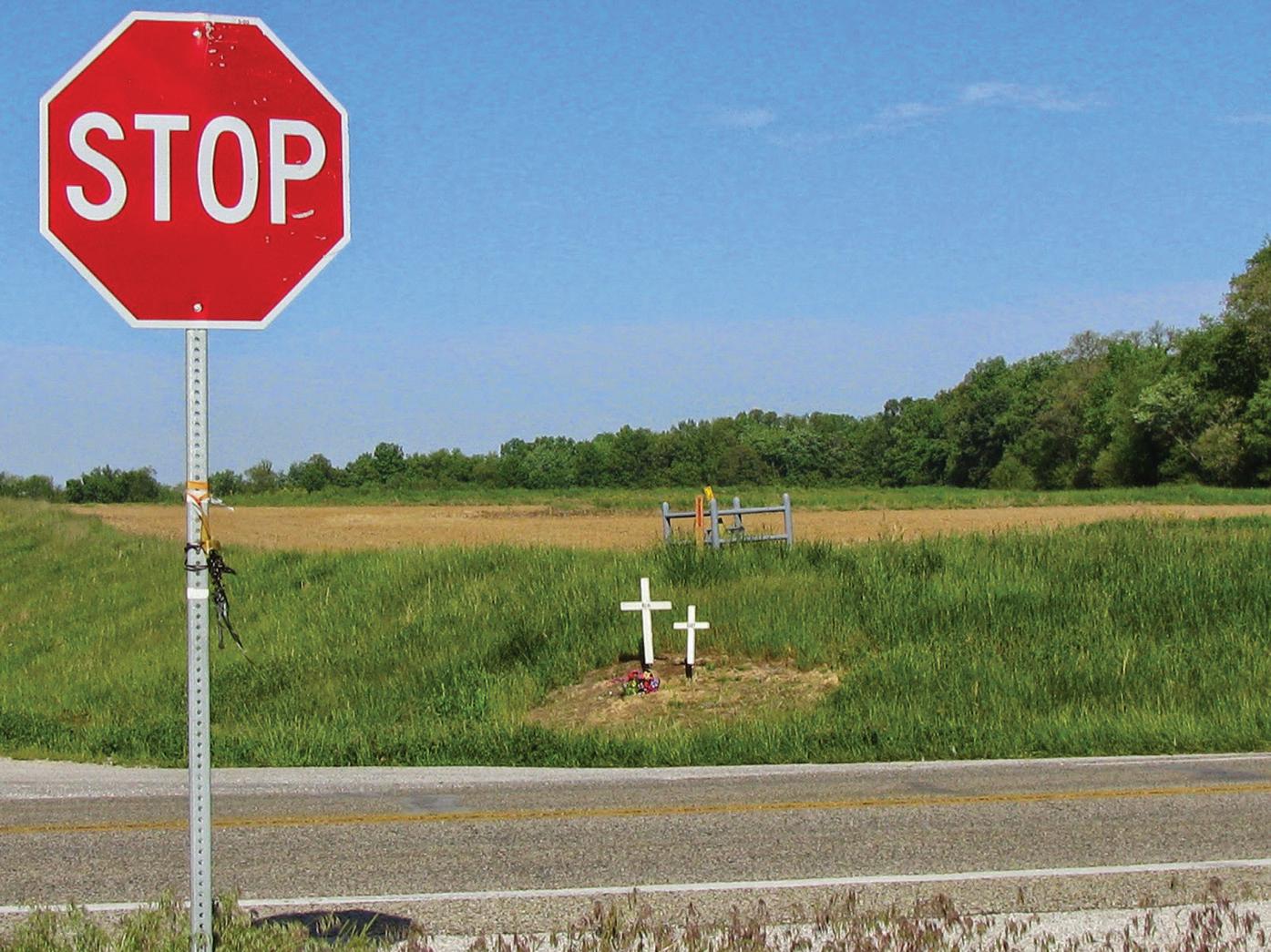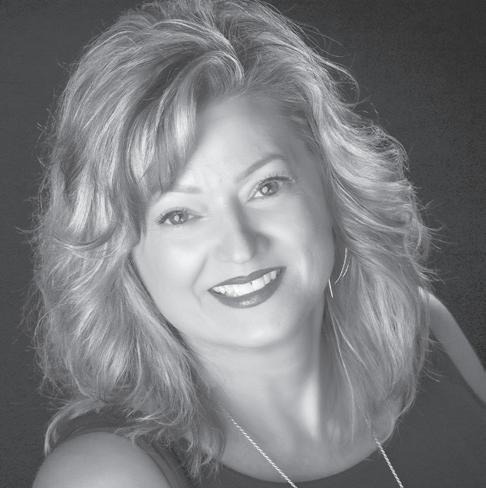
3 minute read
CRASH COURSE
As a result, everywhere you turn you see people driving cautiously and defensively, carefully observing all applicable traffic laws, particularly speed limits and red lights.
Or not.
It’s pretty much the opposite, isn’t it? Speeding, tailgating, red light running, and aggressive driving in general are the order of the day.
None of us can claim ignorance. We know the rules of the road, but we sometimes ignore them, or temporarily forget them.
However, some former drivers (or more correctly, their family members) have kindly and generously erected roadside reminders for us. They are everywhere, all around the Aiken/Augusta area and beyond, each one marking the spot where someone (or several someones) lost their life.
It’s a safe bet that 99% of these people had no clue their life was about to end, even just 5 seconds before it did. That’s probably especially true of the ones who were model drivers and got creamed anyway.
Every one of these memorials offers a somber reminder that driving carries inherent risks and deserves care and caution. See Crash Course in its usual spot on page 10 for more information and a gallery of these sad shrines.

Whew it’s hot! So what better place to cool off than the lake, the river, or the pool?
It’s an absolutely great idea, and it’s all fun and games until someone disappears under the water and doesn’t come back up. It’s an absolutely horrible thing to even think about, but every summer some of our CSRA neighbors have to endure the unendurable. We are saddened to hear such news stories even though we may not know the family personally, but our sorrow is fleeting. For the families affected, their lives will never be the same.
Surprisingly perhaps, drowning is the #1 cause of death for children ages 1 to 4 and the second leading cause of death for children 5-14, according to the Centers for Disease Control and Prevention. Drowning is considered to be one of the most preventable large-scale causes of death. As one expert said in an interview, no one would ever to say, ‘Oh well, some people just drown.” July is peak season for drowning too.
How can these terrible tragedies be prevented?
Federal action is always a possibility, although the US is currently one of the only developed nations without a national plan to address the problem of drowning. Think about other aspects of health and safety, and the regulations are there: seat belts, smoke detectors and other fire prevention laws, smoking cessation, etc. But laws addressing drowning prevention are lacking.

But realistically, a significant part of the problem — and Please see IN THE SWIM page 9



The First 40 Years Are Always The Hardest
provide those opportunities.
If you answered:
A. There is something to be said for making a decision and sticking with it. However, there may be a way to let him be around other kids too. Try after school activities.
B. Decisions about his education are your responsibility. It’s not up to him to choose.
by David W. Proefrock, PhD
You home-schooled your 10 year-old son during COVID. He was having problems in school anyway, and it seemed to be worth a try. He did very well, and you decided to continue home-schooling. However, he now wants to go back to regular school and be with other kids. What do you do?

A. If you decided that home-schooling is best for him, there is no reason to change your mind. Keep him at home.
B. Let him try regular school again if that’s what he wants.
C. Let him try regular school, but tell him that at the first sign of academic or behavior problems, he will have to go back to home-schooling.
D. Keep home-schooling him, but provide him with increased opportunities to be with other kids. Activities such as sports, arts, or scouts would
C. You have already decided that he does better in a home-schooling environment. Putting him in a situation that you don’t think is best and waiting for him to fail in it is not a good strategy.
D. This is by far the best response. It addresses both the best educational setting for him and his desire to spend more time with kids.
Most things with children are not either/or choices. With a little creativity, there are ways for both to happen.
Dr. Proefrock is a retired local clinical and forensic child psychologist.












